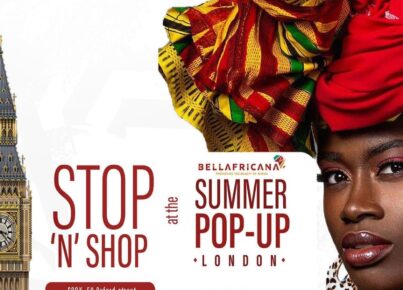[dropcap custom_class=”normal”]A talking drum is an ancient hourglass shaped African instrument. It is created by the Yoruba people of Nigeria and the Ashanti people of Ghana . It is also called a “waisted” drum because it has an hourglass shape with a “waist” in the middle. [/dropcap]Talking drums are one of the oldest West African instruments used by master drummers, it symbolizes the power of a traditional political leader. The talking drum serves an important function in West African cultures and had a language specific to each region. It is called in different names, including Dondo, Tamanin, Lunna, and Dundun, among others. It was used to assist in story-telling, communication; used to relay an important message, as a summoning to a ceremonial dance, or as an aid in telling fables that taught important life-lessons and guidance.
A talking drum has a head on both sides and a body. The head at either end of the drum body are made from hide, fish-skin or other membranes which are wrapped around a wooden hoop. Leather cords or thongs run the length of the drums body and are wrapped around the hoops.
The instrument comes in various sizes. The Tama of the Wolof, Mandinka, and Serer have a smaller dimension, while the Lunna and Dundun used by the Yoruba and Dagomba people are the largest in dimension.
To create a sound, the drummer has to beat the head with a stick. In order to convey a message, the drum tone can also be adjusted by tightening the strings attached to the instrument.
The talking drum is one of the instruments that give life to African music and it greatly compliments any music type. It can mimic any tone, rhythm, intonation, and stress of human speech.
The talking drum is played in different ways and pattern. The difference in playing styles lies in the instrument’s tonal qualities and structure. For instance, the talking drum music in areas in Gambia, Senegal, Guinea and Mali are distinguished by its short and sudden bursts of sounds and rapid rolls. In Mali, Ghana, and Burkina Faso, on the other hand, the sound earns a distinction from long and sustained notes.
Avoid exposing the talking drum to direct sunlight, extreme heat or cold, dampness or rain. When cleaning use a damp cloth without any cleansing agents.
A lot of musicians use the talking drum even till today. Interesting instrument isn’t it!
Source:






